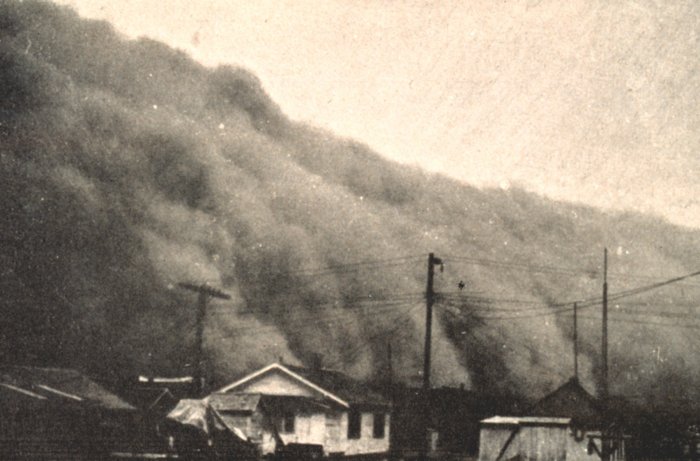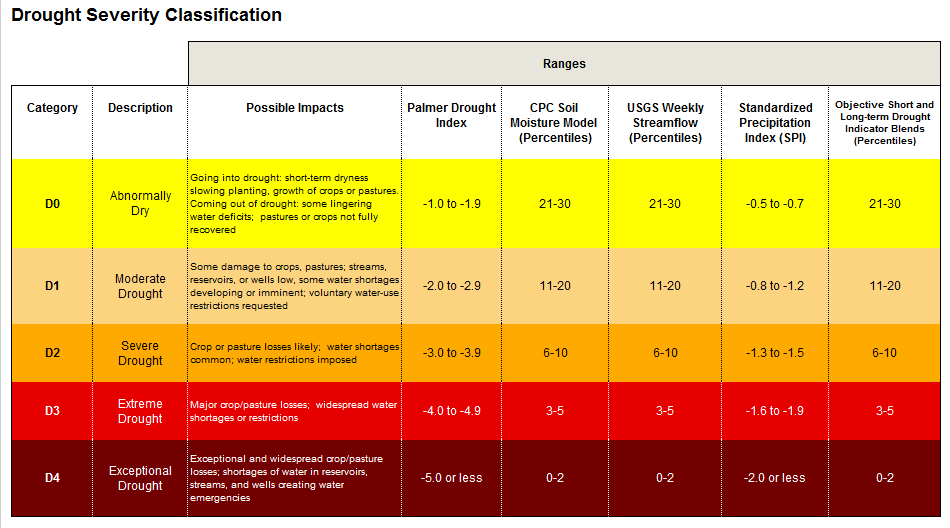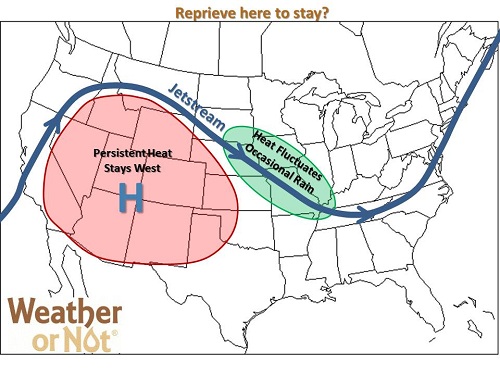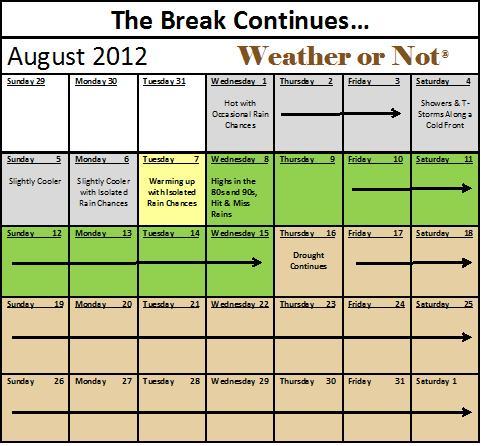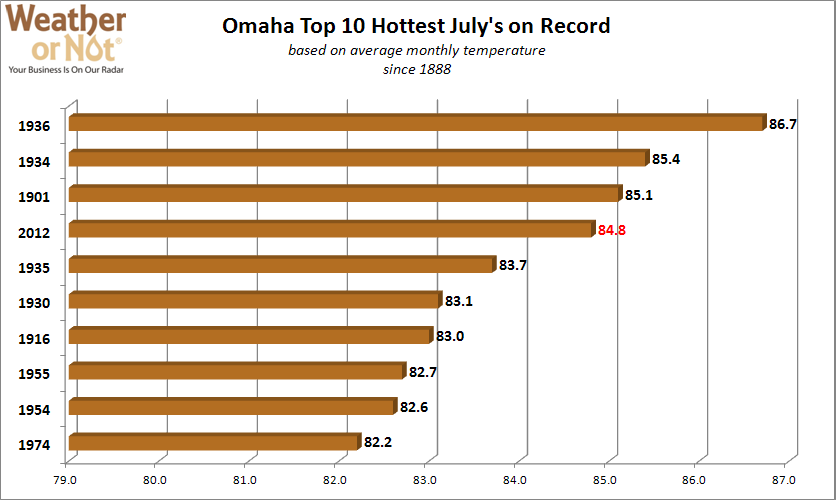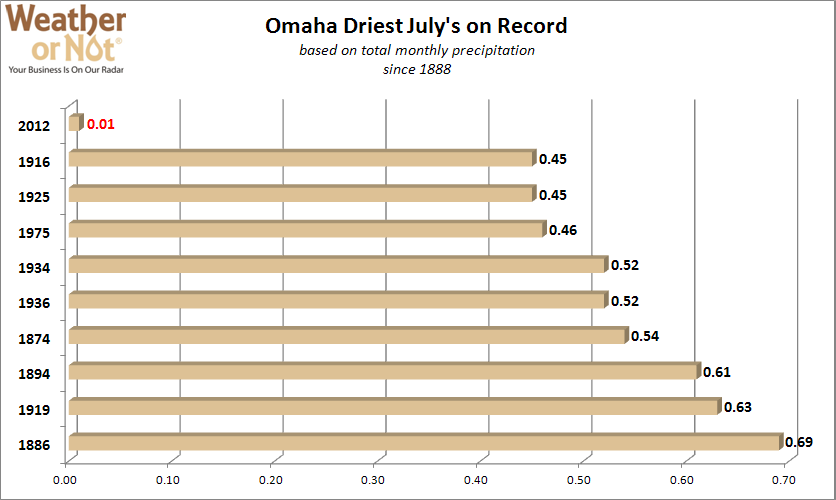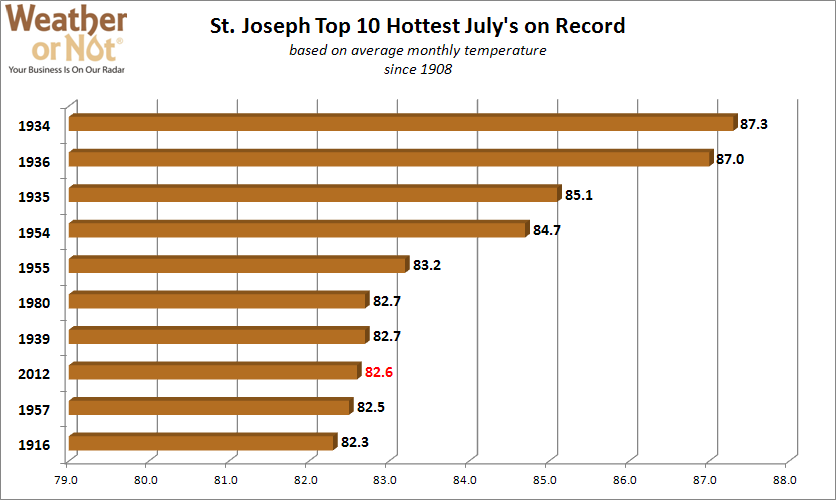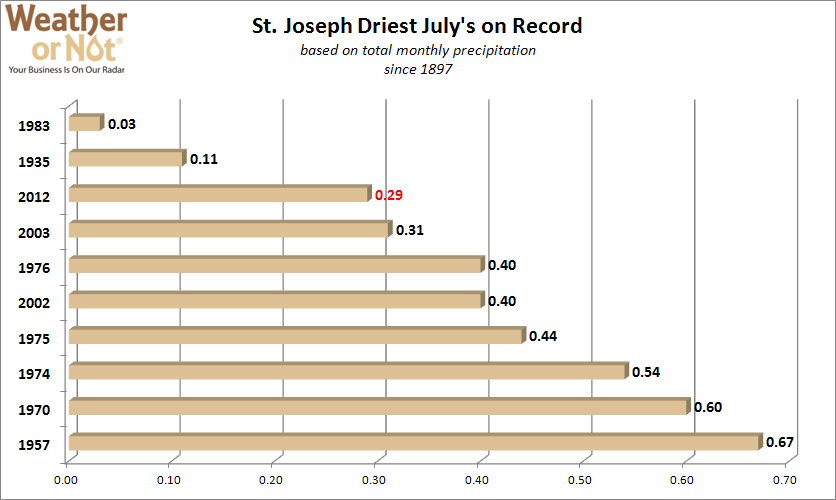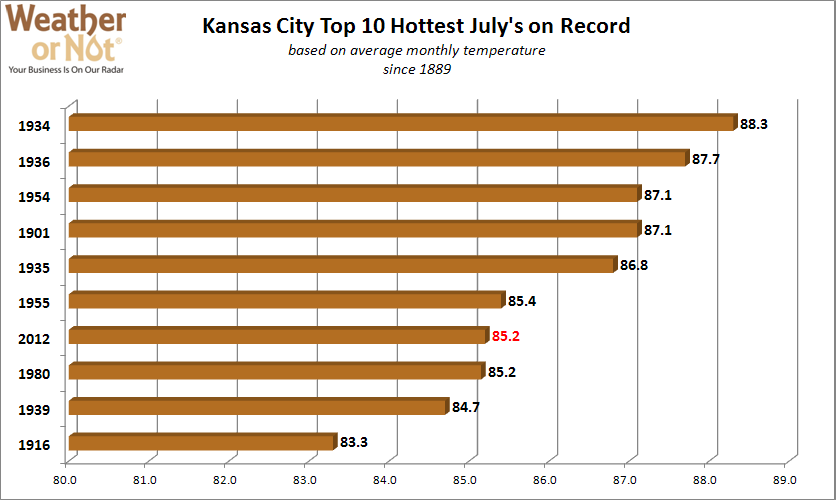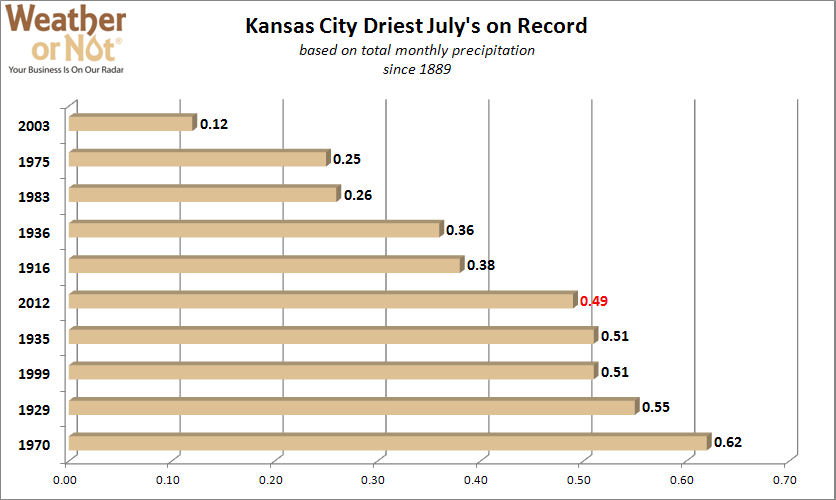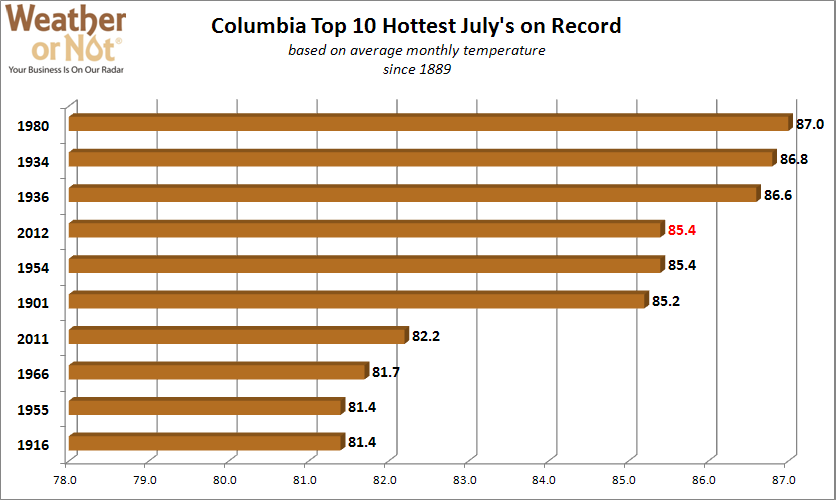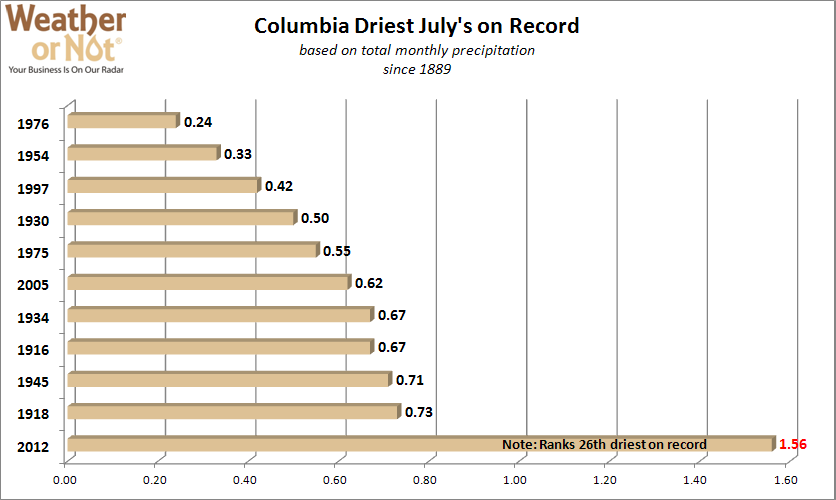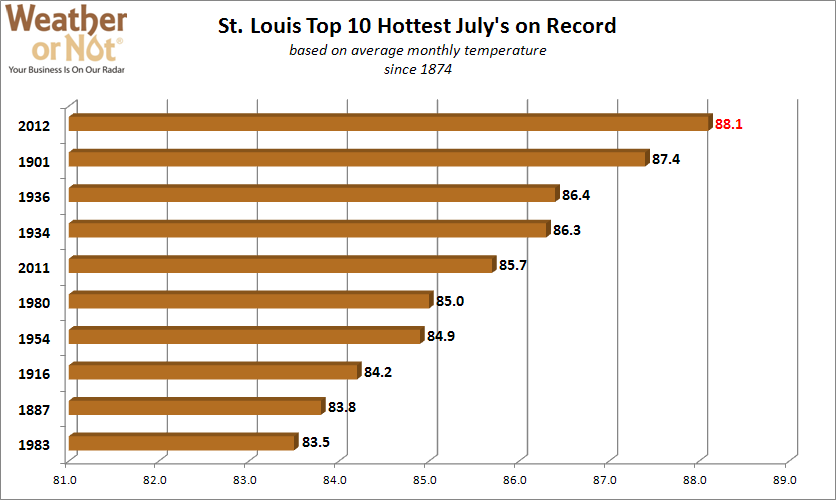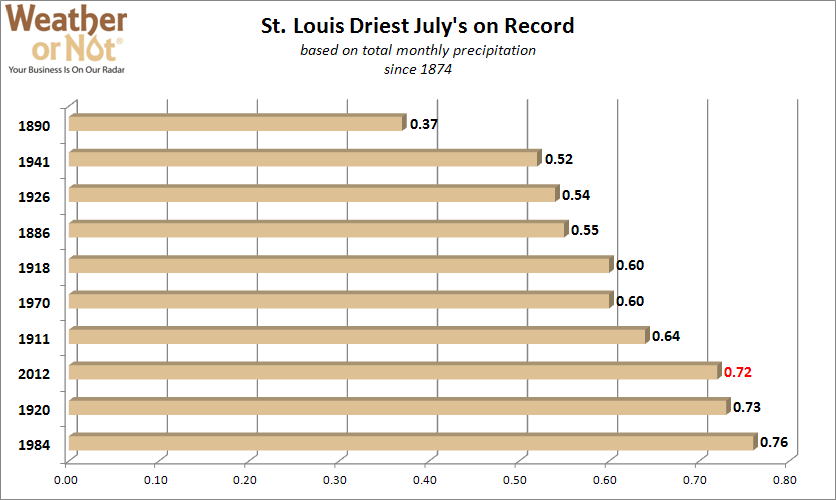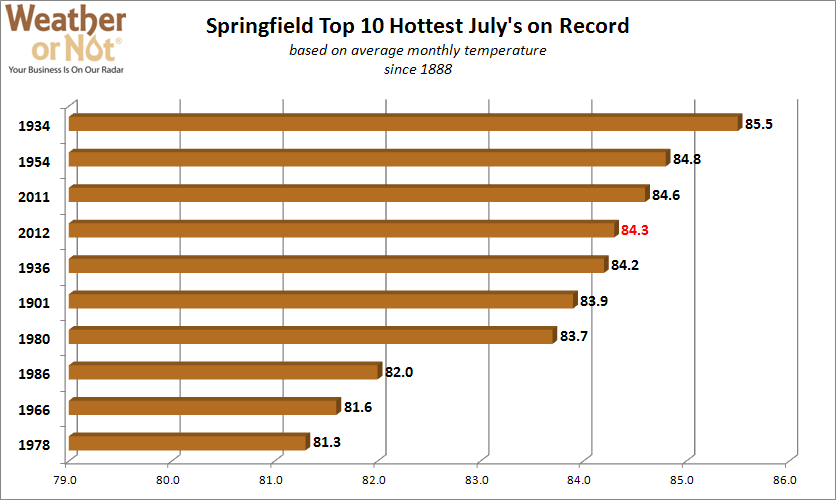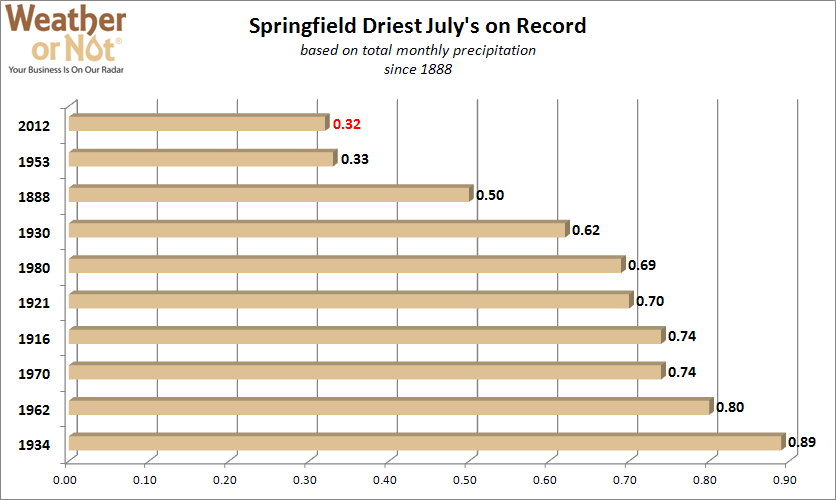August 24, 2012
We’ve been hearing comparisons of this year’s drought to the Dust Bowl of the 1930’s all summer. Are they really comparable? While this year’s drought is extreme, it is still far from the peak of the Dust Bowl in 1934, which ranks #1 in terms of U.S. area covered by drought conditions. In fact, July of 2012 ranks #20 in terms of area under moderate or worse drought conditions and #28 for area under severe or worse drought conditions.
Take a look at the Top 10 years for area of the contiguous U.S. covered by moderate or worse drought:
1) July 1934 – 79.9%
2) December 1939 – 62.1%
3) July 1954 – 60.4%
4) January 1955 – 58.3%
5) January 1940 – 57.7%
6) December 1956 – 57.6%
7) July 2012 – 57.2%
8) September 1931 – 54.9%
9) August 1936 – 54.4%
10) May 1925 – 54.0%
And the top 10 years for area of the contiguous U.S. covered in severe or worse drought:
1) July 1934 – 63.1%
2) September 1954 – 20.1%
3) December 1956 – 43.2%
4) August 1936 – 42.7%
5) January 1935 – 39.9%
6) January 1955 – 39.1%
7) July 2002 – 38.5%
8) July 2012 – 37.6%
9) August 2000 – 36.7%
10) July 1988 – 35.6
Could the Dust Bowl ever happen again? Researchers say unlikely, as the Dust Bowl was largely contributed to lack of erosion-controlling farming practices and drought-sensitive crops such as wheat. Agriculture was relatively new to the Great Plains, and farmers were rapidly replacing native prairie grasses with wheat fields. As the drought continued to expand and persisted the wheat fields failed, leaving exposed and barren top soil that was swept up by winds across Kansas, Oklahoma, Texas and other areas. In fact, some researchers have indicated that humans helped cause the drought and heat in the 1930s due to the increasing barren land, along with the dust that was present throughout the atmosphere. Much better farm practices and more drought-resistant crops will likely hinder a Dust Bowl scenario from ever happening again.



